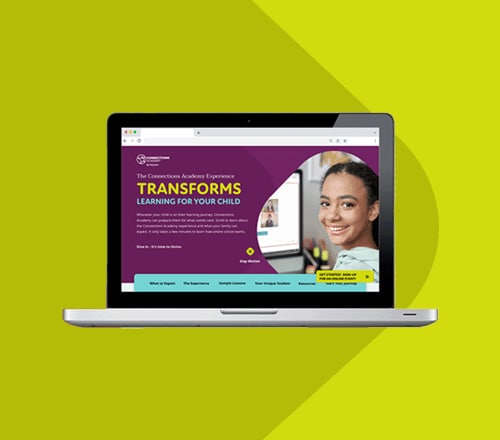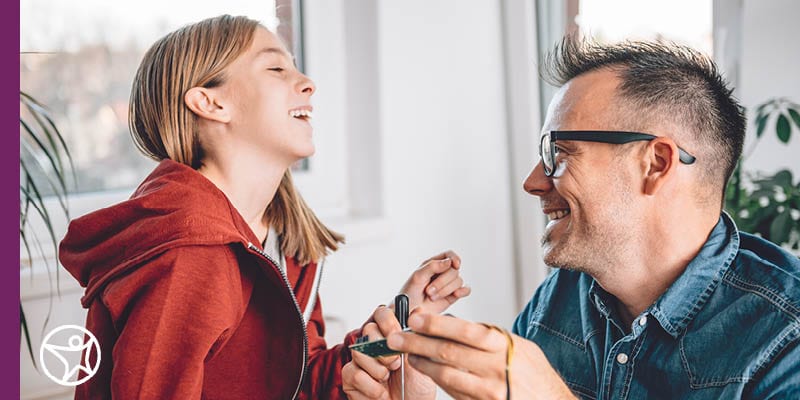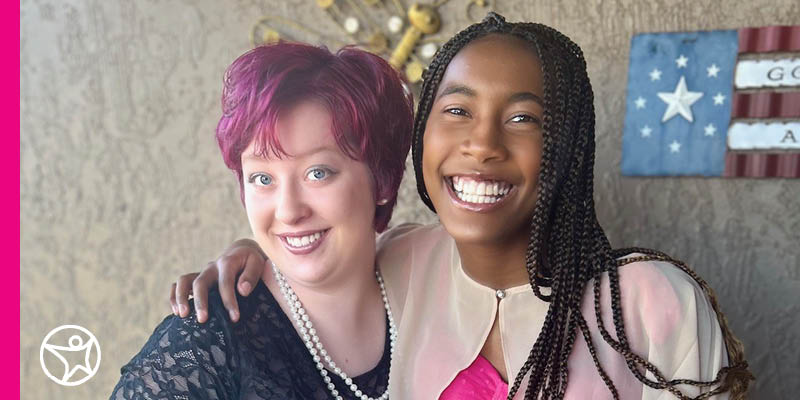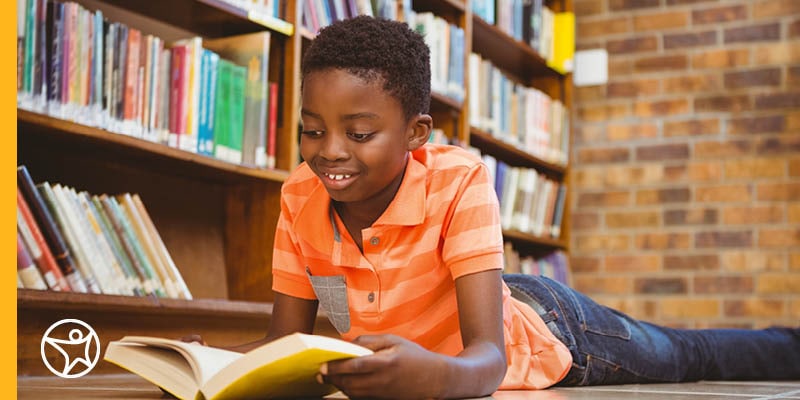Voting for Kids 101: Teaching Kids the Importance of Voting & Elections
byChristopher E. Nelson
6 min to read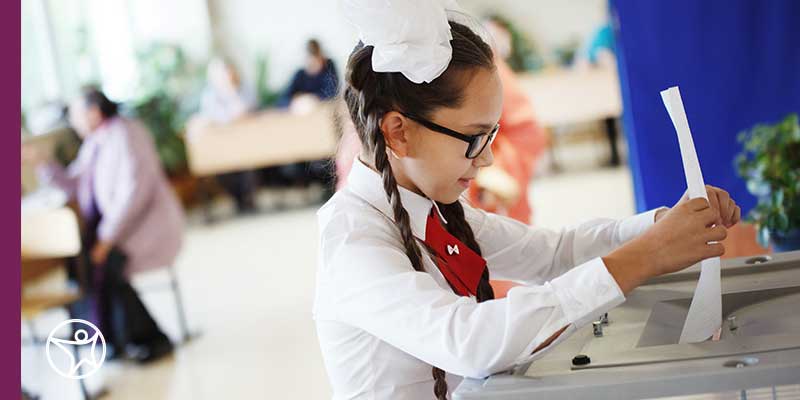
The United States’ democratic system is based on the idea that a fair and just government is made by the people, where individuals can elect governing leaders that represent their beliefs. Countless Americans have fought for our right to vote so we can have a say in how we are governed. Voting helps us shape a government to represent the priorities of its citizens, which is why it is critical to teach the importance of voting to kids.
Why is Voting Important for Kids to Understand?
The United States saw a record turnout for the 2020 elections, with 66.8 percent of citizens aged 18 and older voting. In 2022, 46% of eligible voters cast their ballot, which was the highest turnout for a mid-year election (a non-presidential election year) since 1970.
While these numbers show a rise in voting, they also show that nearly half of eligible voters sit out major elections. While voting is part of American’s civic duty, there are many voices not being heard. Elected officials help determine which government services are offered, how public schools are operated, which roads are fixed, how national security is maintained, and more. Everything the government does—both locally and nationally—is impacted by the leaders that are elected by voters.
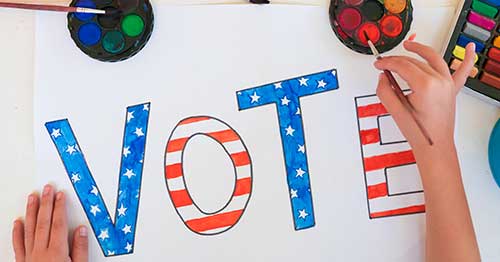
How US Presidential Elections Work
Understanding the importance of voting requires a basic understanding of the government’s structure and how elections work.
American citizens over 18 can vote for someone to represent them in elections ranging from local town councils all the way to the President of the United States. The official day to vote is always the Tuesday that follows the first Monday in November.
While there are some requirements that must be met by people running for office based on state or federal rules (such as minimum age, length of American citizenship, and residency), generally, anyone who meets the required criteria can choose to serve by running for public office.
At the federal government level, Americans vote for:
The President of the United States every four years
Members in the House of Representatives, which makes up one side of Congress, every two years
Senators every six years (the Senate forms the other side of Congress)
There are 435 members in the House of Representatives. That number was determined by the 1929 Permanent Apportionment Act. The number of representatives that each state has is determined by the state’s population. States with higher populations have more representatives.
Currently, the state with the most representatives is California. They have 52. Six states have one representative: Alaska, Delaware, North Dakota, South Dakota, Vermont, and Wyoming. The number of representatives each state has is reevaluated every 10 years following the Census. After the 2020 Census, six states gained representatives (Texas gained two), and seven states lost a representative.
All states are represented equally in the Senate per the U.S. Constitution. Every state has two Senators.
State and local legislators, governors, and other representatives are elected based on the laws in each state.
Nearly all elections are determined by popular vote – the candidate with the most votes at the end of election day wins.
However, the Office of the President is determined by the Electoral College, which was established in the Constitution as a compromise between having the president elected by popular vote or by the members of Congress.
Each state is allotted the same number of electors in the Electoral College as they have members in Congress. The District of Columbia also has three electors.
When you cast a vote for president, you are actually voting to choose the elector from that candidate’s political party. The candidate with the most votes in that state earns the state’s Electoral College votes. It takes at least 270 electors for the candidate to win the election.
Because of the Electoral College, some presidential candidates have won the election even though they lost the popular vote.
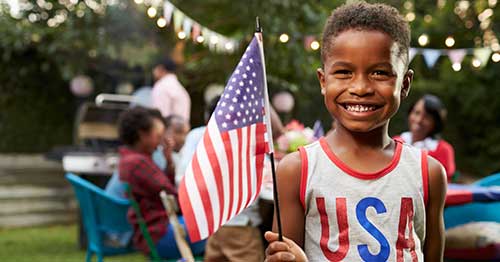
How to Explain Voting to a Child
Helping kids understand voting can help them grow into citizens that participate in the election process and exercise their right to vote.
You can introduce younger students to elections by teaching these concepts:
Voting. Your vote is how you say what you want. By voting, a group of people can come to a fair decision when they do not all agree.
Democracy. A democracy is a type of government. In a democracy, people vote to choose government leaders. They may also vote for or against certain laws or projects in their community.
Candidate. People who want to be government leaders declare that they are a candidate for the job. Usually, there is more than one candidate for each job, so people vote for the candidate they think would do the best job.
Campaign. A candidate has to persuade people to vote for them. This is called “campaigning” for the vote. In a campaign, candidates talk to people several ways, such as in person, in speeches, and in advertising.
Election. When a group of people votes, it is called an election. Another word for election is “poll.” On election day, people go to polling places to vote. In some places, voters have several days to vote. Polling places are often in schools, community centers, or other public buildings. Sometimes, people can vote by mail.
Ballot. A ballot is a form that shows voters the choices they have in an election. Sometimes it is on paper, but some polling places use machines. Each voter is given a ballot so they can indicate their choice—their vote.
Kids can also learn about government through websites and games that teach them civics and the importance of voting.
Another way to help kids to be informed about current events is to discuss the upcoming election in age-appropriate ways. Share your views and explain some of the issues you think they would understand. Doing this will help them form their own opinions, which will guide them to stay engaged with politics and choose candidates to vote for as they get older.
Model voting behavior. If they see you taking the time out of your day to vote, they will follow your example. You can even ask for an “I Voted!” sticker for them when you leave the polls.
Voting Activities for Kids
A fun way to help kids understand the importance of voting is to demonstrate how elections work by doing a family vote.
Make the election about something that really impacts them like what to have for dinner, what movie to watch, or what to do next weekend.
Make up ballots with suggestions
Explain that everyone in the family gets one vote
Let everyone make a short pitch for their favored choice
Mark your ballots
The meal, movie, activity, or destination with the most votes wins!
Here are some additional resources for Learning Coaches who want deeper lessons on civics for older elementary and middle school students.
Voting Activities for High School Students
High school students are on the cusp of adulthood, with many being able to vote their senior year. To help high schoolers engage in the election and voting process, there are resources online that offer fun lessons on civics and the American government. These can help teens understand their place in the process and why it is important for them to vote.
Another way to get high school students involved is to volunteer in local campaigns. Candidates would welcome an enthusiastic teen ready to join a phone bank, participate in door-to-door outreach, write postcards, or to help out at campaign headquarters. For online students, having the flexibility to study at a time most convenient for them can help them fit in time to volunteer or participate in other activities that can help boost their college applications.
When students turn 18, they can register to vote! Some states allow students to register when they apply for their driver’s license even though they aren’t 18. While they can’t vote yet, if your state does this, it’s a good way to ensure they are registered so they are ready to vote once they turn 18. Students can also register through vote.gov.
